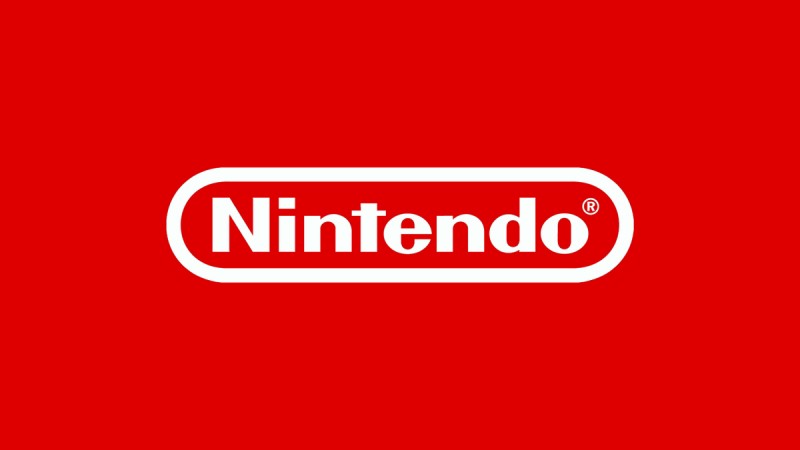

- #Level example for reggie level editor update
- #Level example for reggie level editor code
- #Level example for reggie level editor download
Before creating the struct, remove the Start and Update functions, then make an enum called ObjectType and list Cylinder, Cube, Sphere, and Player within the enum. Instead, you can create a public struct within the class called Data and serialize that (make sure you have using System at the top). As a result, you won’t be able to serialize the class entirely. It is still a component though, and thus will need using UnityEngine to inherit from MonoBehaviour so it can be attached to objects.

Starting with EditorObject, this script will contain the data of the various objects the user places within the level. CameraMove and MouseScript are for user input, specifically placing or destroying objects and changing the camera view. ManagerScript will be the central hub of the editor, handling tasks like UI functions, level saving, and checking for certain objects. When saving a level, any object with EditorObject attached will be noted in LevelEditor, and its data will be saved to a json file. The EditorObject script will contain data for an individual object while the LevelEditor will hold the data for the entire level. EditorObject and LevelEditor will be handling the level data. The names of these scripts are listed in the figure below:įirst, here’s a breakdown of what all these scripts do. If downloading the project without the code, you’ll need to create five scripts inside the Unity Project. Keep in mind that you may have to enter into another folder before finding the correct directory that Unity can open. Click this button, and the project will begin loading. If the folder is associated with a Unity project, the Select Folder button will appear. After this, navigate to the folder containing the project. To open this project, first open Unity as usual and click Open in the upper right. Normally these articles start the project from scratch, but in this case, you’ll use a pre-existing project.

Also, another link will take you to the complete project source.
#Level example for reggie level editor download
A link will be provided to download the project with all assets (other than the scripts) and with the primary Unity scene prepared ahead of time. However, there’s no reason to leave you with nothing to start with. It will already take lots of time to put together thus, the setup portion will be skipped in favour of jumping straight to the code.
#Level example for reggie level editor code
There are several pieces to a level editor and, as you can imagine, plenty of code to write. After all, why not have better tools in the proverbial tool shed? From the perspective of the developer, there can be any number of reasons to have a custom level editor for your project. It’s also possible that just you and a friend are working on this project, but you still need something to lighten the workload or at least make development easier. You might also be a part of a larger team, and your teammates could use a level editor that makes their jobs easier. Some games, such as Super Mario Maker, base their entire existence around this idea.Īs a developer, you may find that the level editor that comes with a game engine doesn’t quite give what you want, or perhaps it gives you too much. So why would you want to make your own? One of the biggest reasons is to allow the user to create their own levels, allowing them to get creative with your game as well as have near endless amounts of content to enjoy in your game. Of course, many game engines come with a level editor out of the box. Here you’ll edit the terrain of the world, place enemies, and scatter items. How do these levels get created? After designing the world your user will interact with, it becomes time to open up the level editor. A level can serve a wide variety of purposes, such as teaching a new game mechanic or presenting an important plot point in your story. Levels come in all shapes, sizes, and formats with some games having multiple smaller levels and others taking place in one giant level. Without levels, all the other components of a game won’t be put to any use and only serve as fun coding projects rather than a piece of a game. Arguably the most important aspect is the level, which is essentially the world the player inhabits. There are several important parts of a video game, ranging from sound to the player character itself. Building a Level Editor in Unity - Simple Talk


 0 kommentar(er)
0 kommentar(er)
